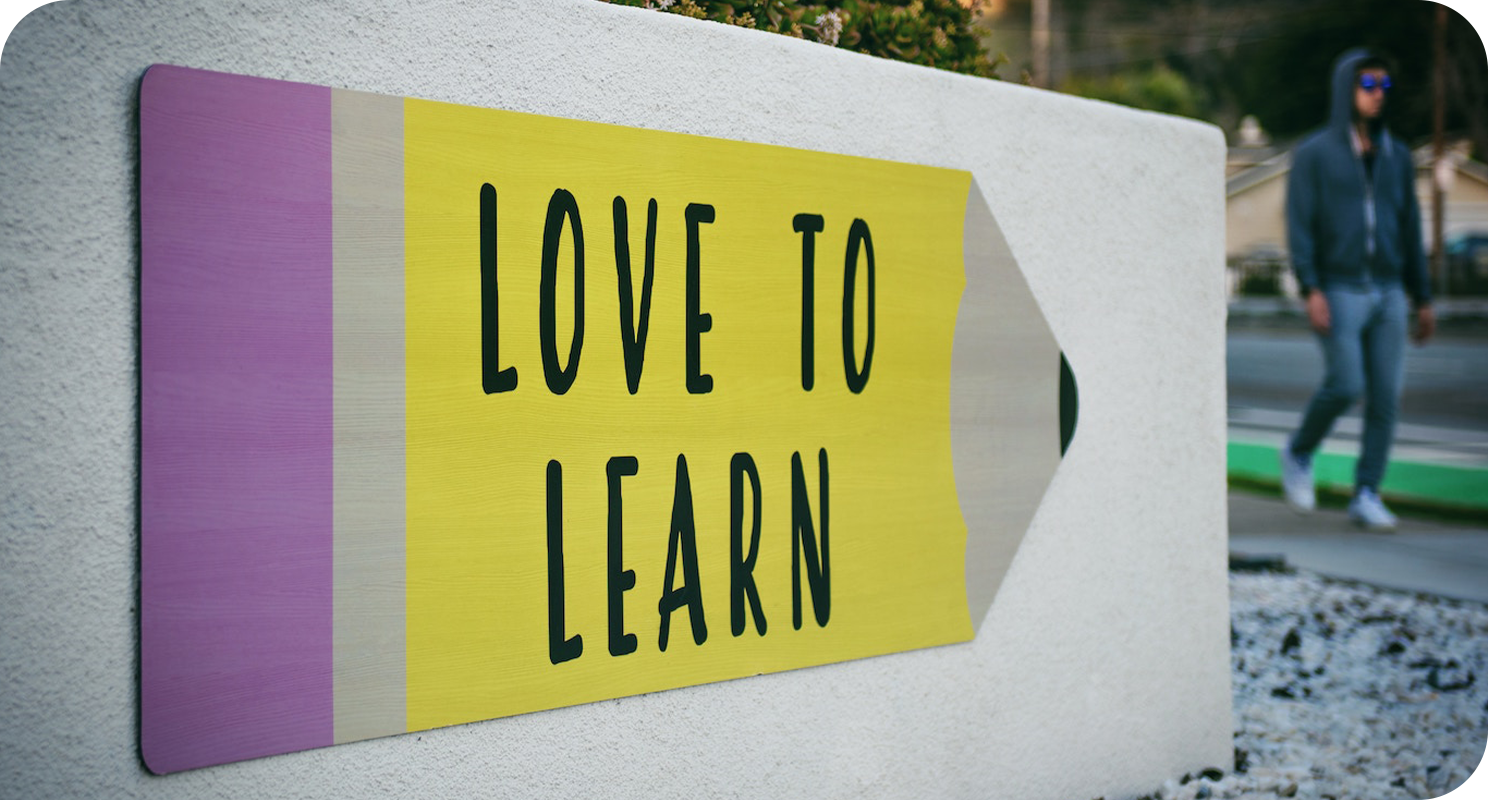I just had the pleasure of attending a two day workshop on the topic of brain-based learning from Sharon Bowman: Training from the BACK of the room. This had a deep impact on my approach to training, but also sowed many seeds of thought regarding how these principles, approach and example practices can be effectively used in coaching. In this blog I’ll just give you a teaser of what the principles behind „Training from the back of the room“ are all about. At the core of the approach are 6 key principles called Trumps (playing card terminology – e.g. an ace trumps a king).
Think of these in the context of a learning situation – this could be a 2 day training course, or a 20 minute sit-down with a busy manager/team member. The concepts are the same – you wish the people/person you are engaged with to experience learning.
Not unlike the Agile manifesto, we can say with these principles that “while there is value in the things on the right (e.g. sitting), we place more value in the things on the left (e.g. movement)”.

1. Movement trumps sitting: When we get up and move around we provide more oxygen to the brain. We avoid “death by sitting”. So keep people active – let the brain breath. Learning situation example: get learners up and moving around – working on walls, walking, talking, stretching etc.

2. Talking trumps listening: Unless you are a superb story teller, learners don´t learn well when just listening. Let people put concepts, ideas, learning in their own words and then they own it – and remember it. Learning situation example: have learners teach-back what they have understood to their partner/group.

3. Images trumps words: Our brain scans for, and processes, visual information extremely well (is that a Tiger I see in the bushes..?). Example: to learn the “trumps” just try to remember the images here – then the ideas will follow. Learning situation example: ask learners to draw icons connected to simple concepts – and remember the icons.

4. Writing trumps reading: writing something down forces us to order our thoughts – the jumble of words in our heads suddenly needs to be formed into crisp ideas or statements that can be written down. Even if we don´t return to our notes, the process of writing helps us order our thoughts and deepens the connection to the content. Learning situation example: provide learners a graphic organiser (e.g. note pages with some empty content spaces) and ask them to write down their key learnings.

5. Shorter trumps longer: Our brains have a tendency to start to shut down after 10-15 minutes if the content (or situation) remains static. Our brain has said “ok, looks like I understand the threat levels here and I can go into a holding pattern until something changes” – this is habituation. Our brain can slip into safe-mode. Therefore we need to help keep the brain alert and engaged. Learning situation example: make concept content sessions (when you are delivering new content) to around 10 minutes (or less) and then have the learner/s engage in some concrete practice to bind the content to experience).

6. Different trumps same: Linked a little to the previous trump – the brain needs stimulus – changing things triggers the brain to become active and start to assess what is happening – the whole brain engages – and we become active. Learning situation example: organise the room differently (funny to see some groups respond when they see they´ll sit in a circle), switch group members, or do something like schedule a “pair talk” where pairs walk around and discuss a topics – also great idea for one-to-one sessions.
That was just a high-level overview of the trumps. The workshop “Training from the back of the room” covers:
– the six trumps(principles)
– the 4 C´s (connections-concepts-concrete practice, conclusion) – learning planning method
– practices (a large collection of practices & ideas that can be used to build a more brain-focused learning experience)
So there you go. While the “other Trump, D” may be talking about building fences, these trumps are building bridges to the mind !
For more information please visit: Sharon Bowman’s website.





